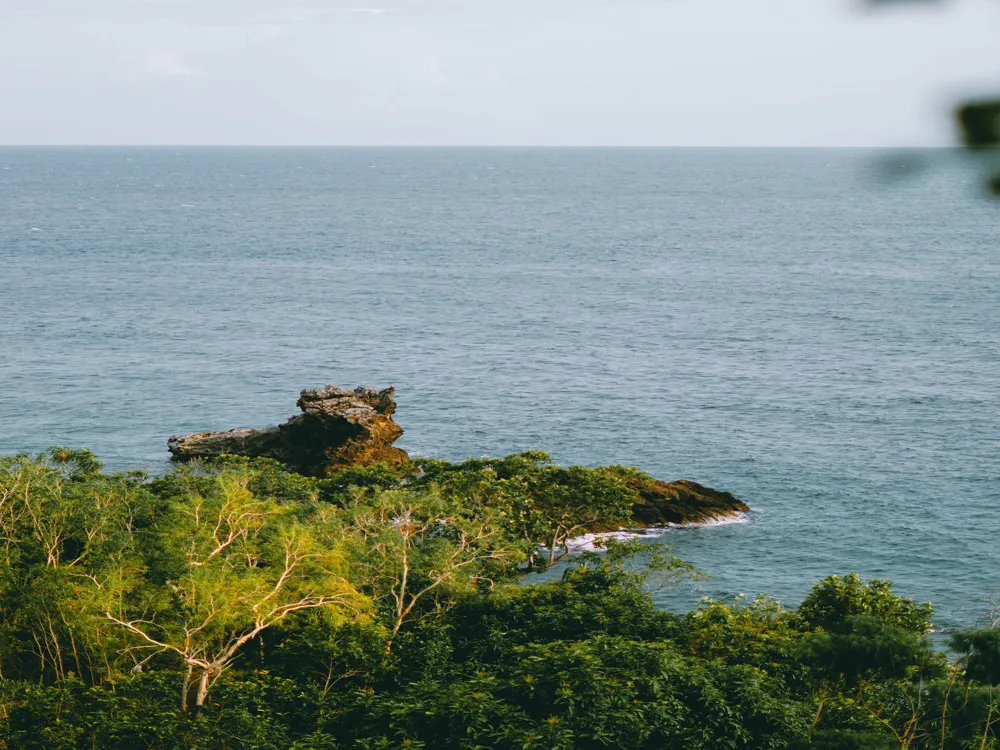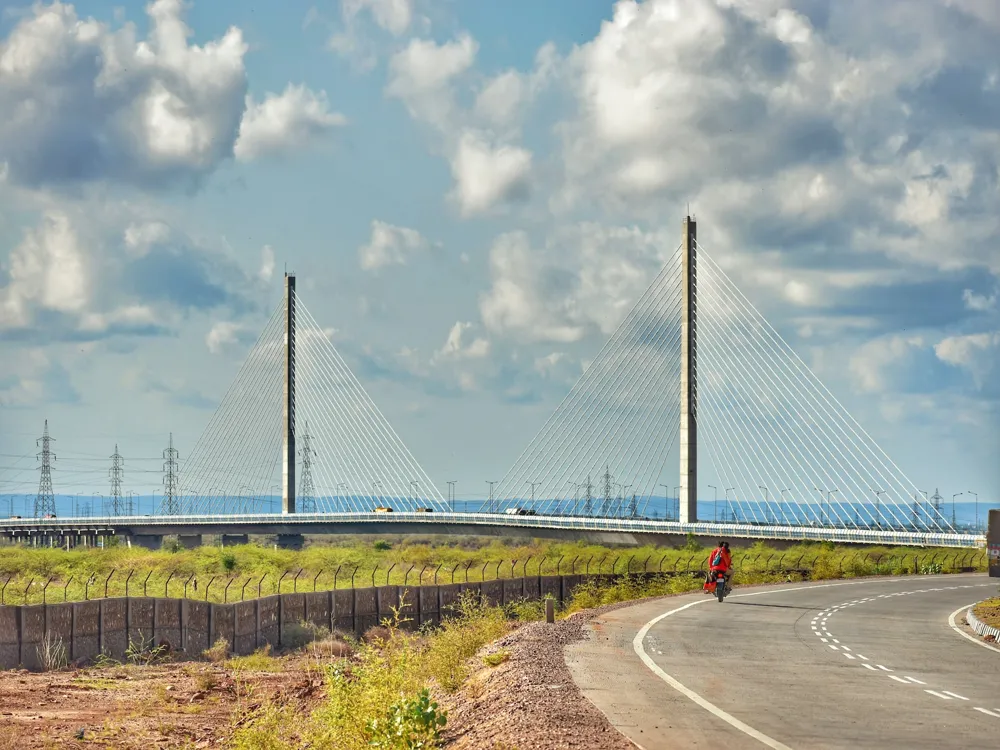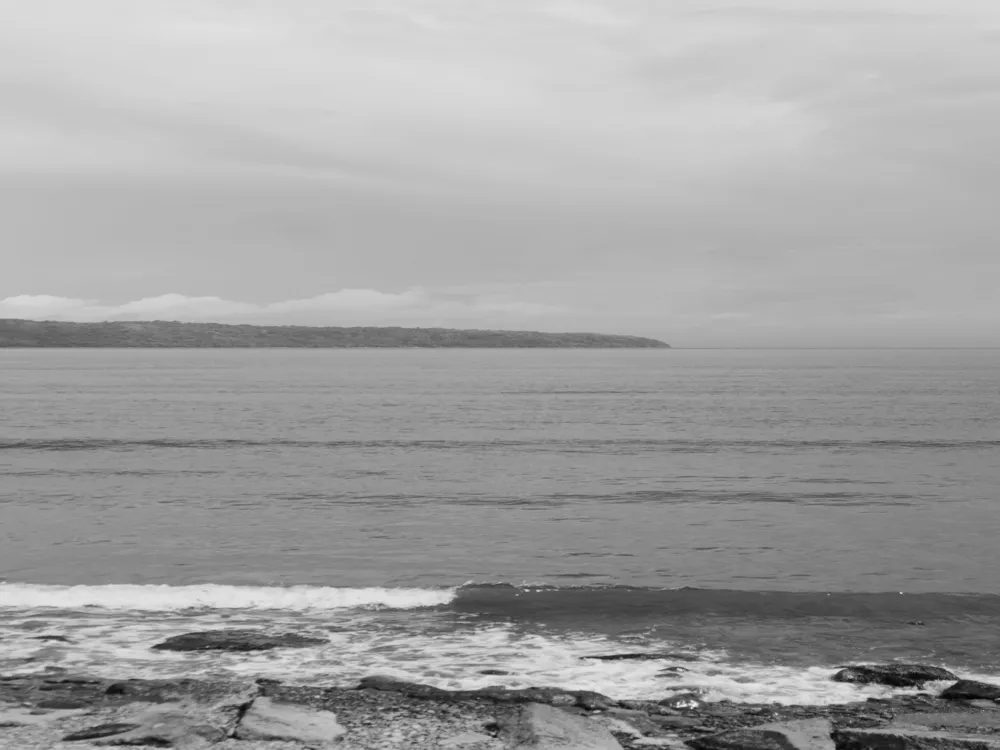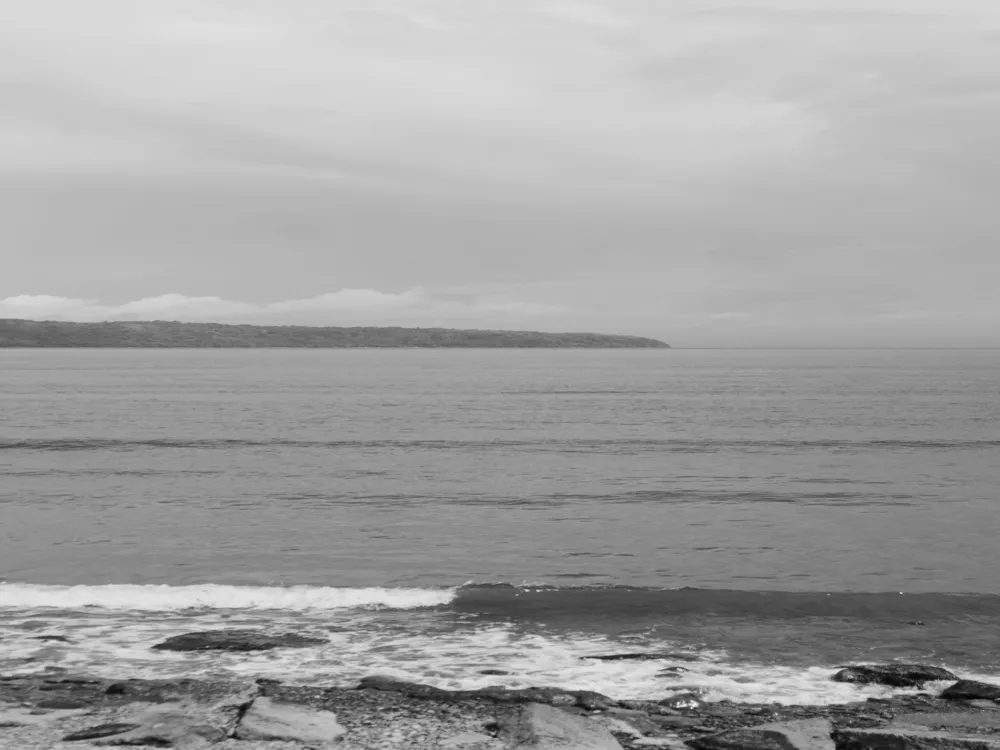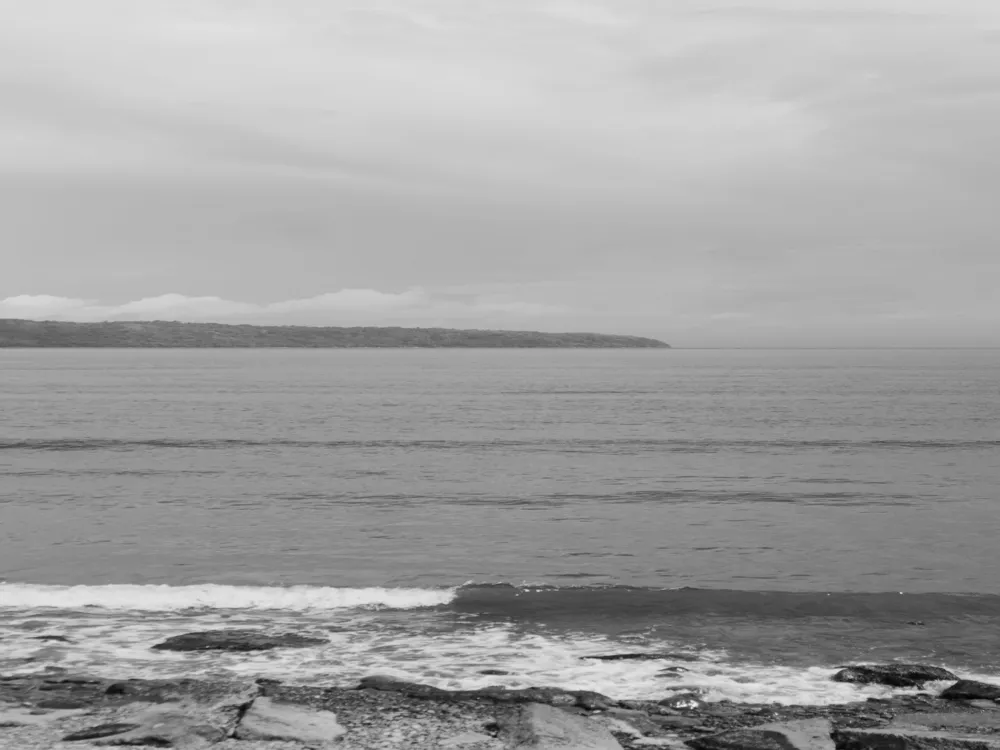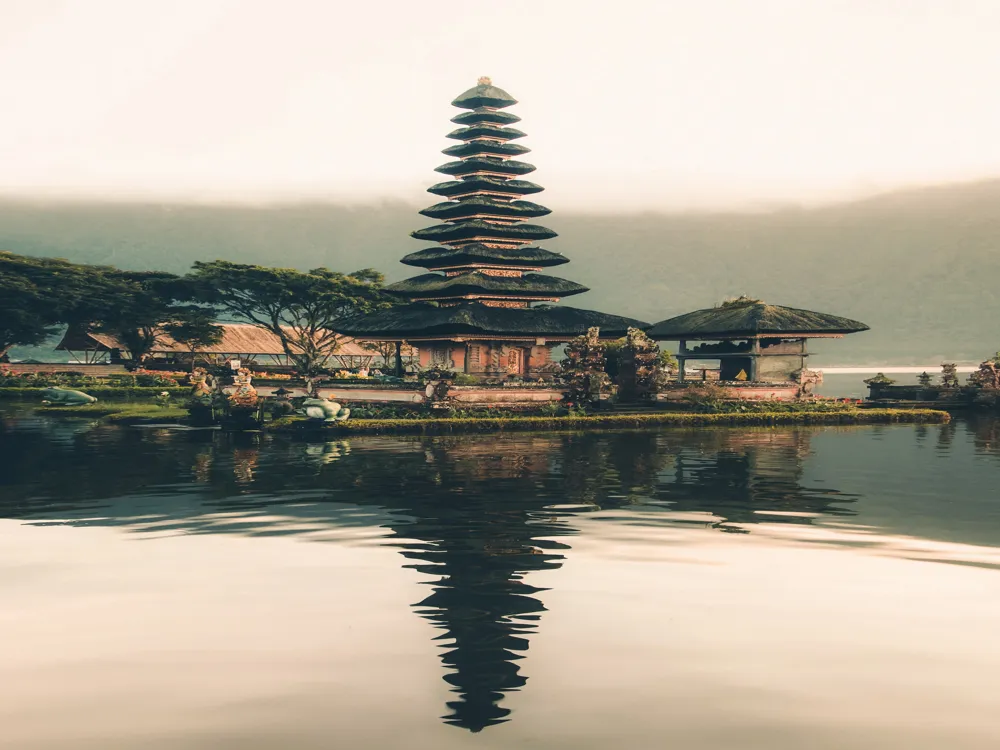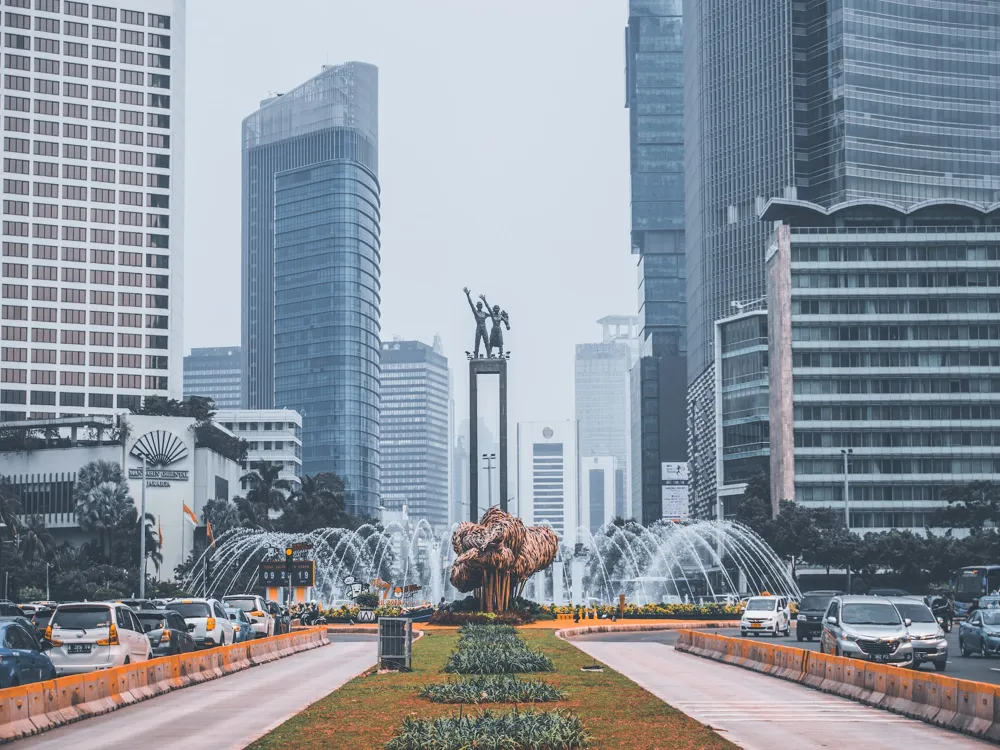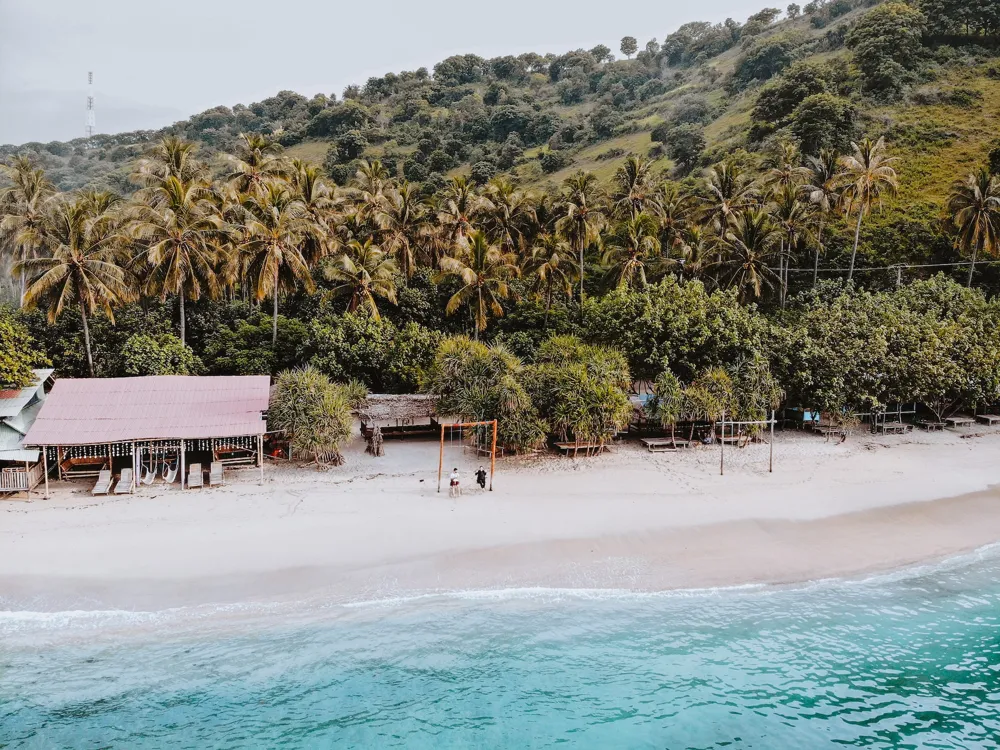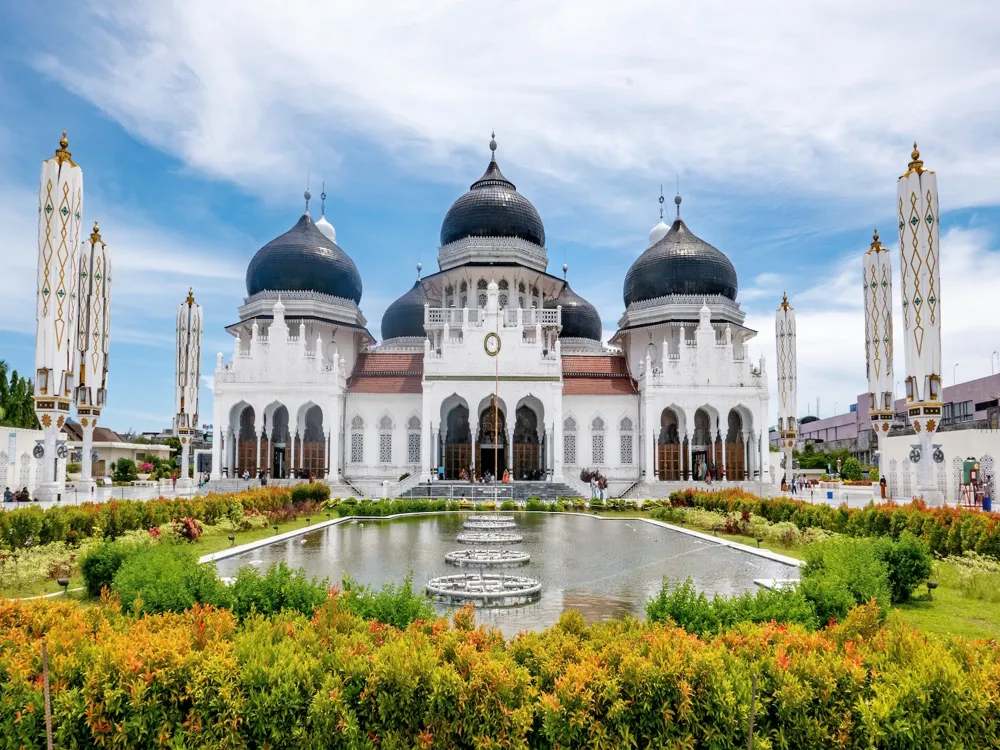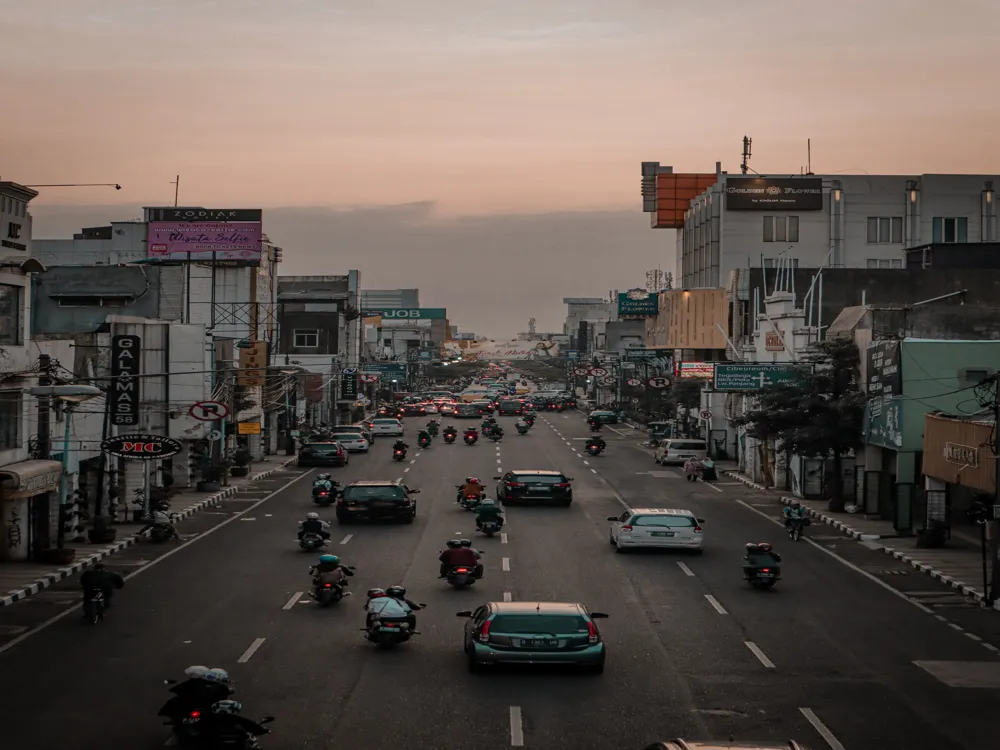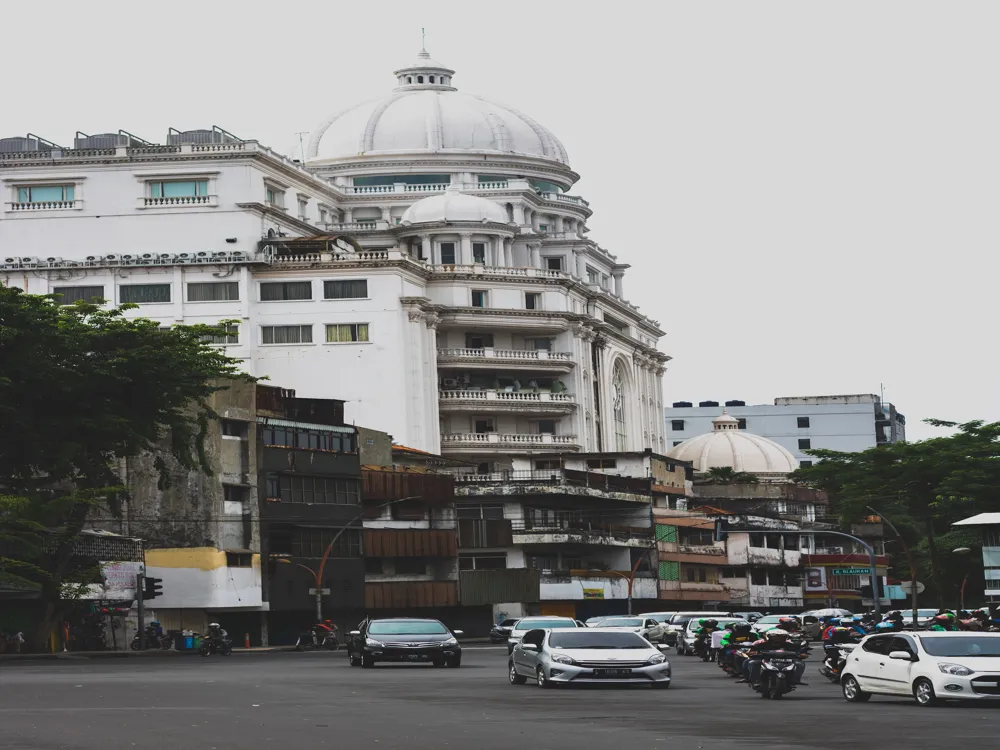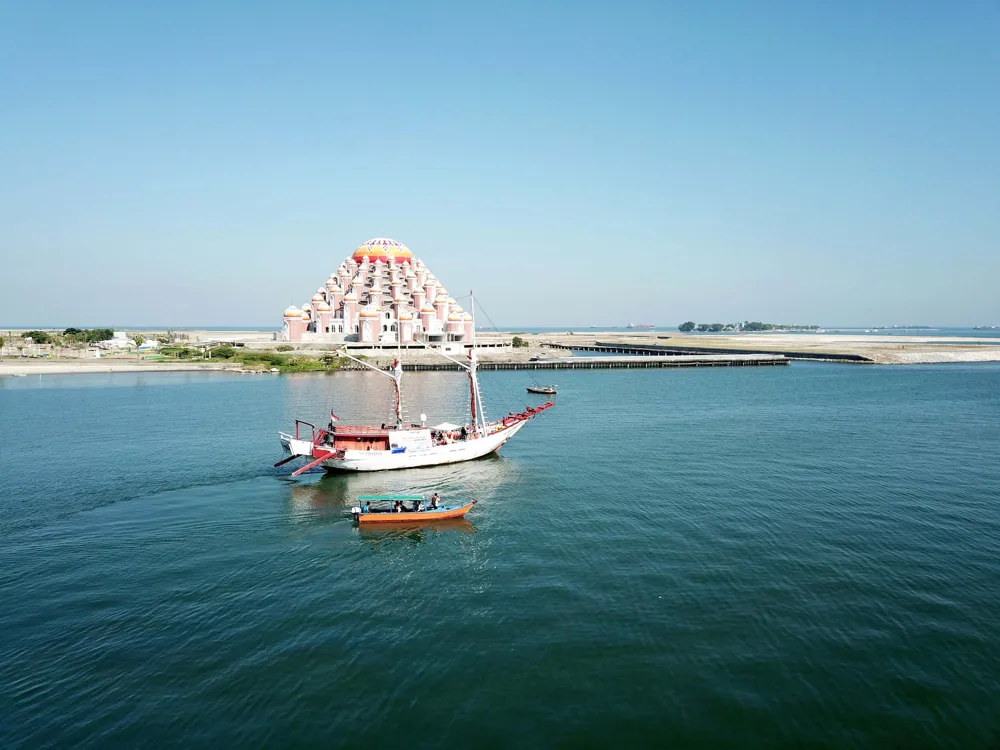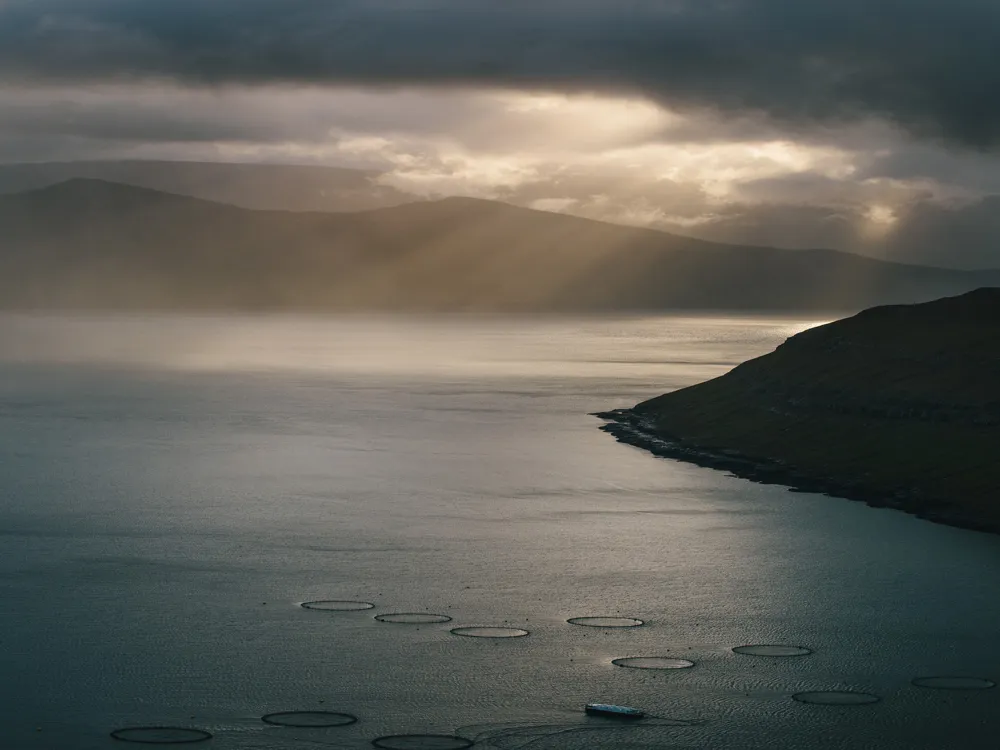The Pulau Kei, nestled in the eastern Indonesian archipelago of Maluku Islands, is a hidden gem known for its breathtaking landscapes, rich cultural heritage, and pristine natural beauty. This idyllic island is a slice of paradise, offering a serene escape from the hustle and bustle of city life. The crystal-clear turquoise waters, white sandy beaches, and the unique blend of traditional and modern lifestyles make Pulau Kei a must-visit destination for travelers seeking tranquility and an authentic cultural experience. Pulau Kei's history is as colorful as its scenic vistas. The island has been a melting pot of various cultures, influenced by its strategic position in the spice trade route. This rich history is reflected in the diverse customs, languages, and culinary traditions of the local communities. The Kei Islands are predominantly inhabited by the Kei people, who are renowned for their hospitality and the preservation of their ancestral traditions. The local folklore, dances, and music add to the island's enchanting allure, making it a cultural treasure trove. The natural beauty of Pulau Kei is unrivaled. The island boasts some of the most spectacular beaches in Indonesia, with Ngurbloat Beach being a standout with its powdery white sand that stretches for kilometers. The underwater world of Pulau Kei is equally stunning, offering superb snorkeling and diving opportunities to explore the vibrant marine life and pristine coral reefs. The island's lush greenery, coupled with the serene ambiance, provides a perfect backdrop for nature lovers and photographers. Pulau Kei's commitment to eco-tourism and sustainable practices is evident in its approach to preserving its natural and cultural heritage. The local community engages in various conservation efforts, ensuring that the beauty of the island remains unspoiled for future generations. This commitment to sustainability not only enhances the visitor experience but also contributes to the global effort in environmental preservation. In summary, Pulau Kei is not just a destination; it's an experience. It's a place where one can unwind in the lap of nature, immerse in rich cultural traditions, and create unforgettable memories. Whether you're a solo traveler, a couple, or a family, Pulau Kei offers something unique for everyone, making it a quintessential addition to any travel itinerary. The architecture of Pulau Kei is a fascinating blend of traditional and modern influences, reflecting the island's rich history and cultural diversity. Traditional Kei architecture is characterized by its unique design, which is adapted to the tropical climate and local environment. The most iconic feature of Kei architecture is the 'Rumah Adat' or traditional houses, which are built on stilts and made from locally sourced materials like bamboo, wood, and sago palm leaves. These houses are not only aesthetically pleasing but also functionally designed to withstand the humid climate and provide natural ventilation. One of the most remarkable aspects of Kei architecture is its symbiosis with nature. The use of natural materials and the harmonious integration of the buildings with the surrounding environment demonstrate the Kei people's respect for nature. The architectural designs also reflect the social and cultural values of the community, with communal spaces playing a central role in village life. These spaces are used for various cultural events, ceremonies, and as gathering places, strengthening community bonds. In recent years, Pulau Kei has seen a gradual infusion of modern architectural elements, with newer constructions incorporating contemporary designs while still respecting traditional aesthetics. This blend of old and new is evident in the island's growing number of eco-friendly resorts and guesthouses, which offer modern amenities while maintaining a rustic charm. The emphasis on sustainable and environmentally conscious design is a testament to the island's commitment to preserving its natural beauty and cultural identity. The architecture of Pulau Kei is not just about buildings; it's a reflection of the island's soul. It tells a story of a community that values its heritage, respects its environment, and is open to embracing change without losing its essence. For architecture enthusiasts and cultural explorers, the buildings and structures of Pulau Kei offer a captivating insight into the island's past and present, making it an integral part of the Pulau Kei experience. The ideal time to visit Pulau Kei is between April and October, during the dry season, when the weather is pleasant, and the seas are calm, perfect for beach activities and island hopping. Visitors should be mindful of local customs and traditions. Dress modestly, especially when visiting villages or religious sites, and always ask for permission before taking photographs of local people or their property. While Indonesian is widely spoken, learning a few basic phrases in the local Kei language can enhance your interaction with the community and show respect for their culture. Cash is king in Pulau Kei, and ATMs can be scarce. Ensure you have enough Indonesian Rupiah for your stay, especially when traveling to more remote areas of the island. Embrace eco-friendly practices during your stay. Avoid single-use plastics, respect wildlife, and support local businesses that engage in sustainable practices. Bring basic medical supplies, as healthcare facilities are limited. Always have sunscreen and insect repellent handy, and stay hydrated to avoid heatstroke. Reaching Pulau Kei involves a journey of adventure and discovery. The most common route is to fly to Ambon, the capital of Maluku, and then take a connecting flight to Langgur, the main town on Kei Kecil Island. Alternatively, for those seeking a more adventurous route, there are also boat services available from Ambon to Pulau Kei. These boats vary from speedboats to longer ferry rides, offering a unique way to experience the stunning Maluku archipelago. Once on the island, transportation options include rental scooters, cars, or local public transport, allowing visitors to explore the island at their own pace and convenience. Read moreOverview of Pulau Kei in the Maluku Islands
Architecture of Pulau Kei
Tips When Visiting Pulau Kei
Best Time to Visit
Respect Local Customs
Language and Communication
Money Matters
Eco-Friendly Practices
Health and Safety
How To Reach Pulau Kei
Maluku Islands Tourism
Best Time to Visit Maluku Islands
How to Reach Maluku Islands
Things To do in the Maluku Islands
Pulau Kei
Maluku Islands
NaN onwards
View maluku-islands Packages
Maluku-islands Travel Packages
View All Packages For Maluku-islands
Top Hotel Collections for Maluku-islands

Private Pool

Luxury Hotels

5-Star Hotels

Pet Friendly
Top Hotels Near Maluku-islands
Other Top Ranking Places In Maluku-islands
View All Places To Visit In maluku-islands
View maluku-islands Packages
Maluku-islands Travel Packages
View All Packages For Maluku-islands
Top Hotel Collections for Maluku-islands

Private Pool

Luxury Hotels

5-Star Hotels

Pet Friendly







